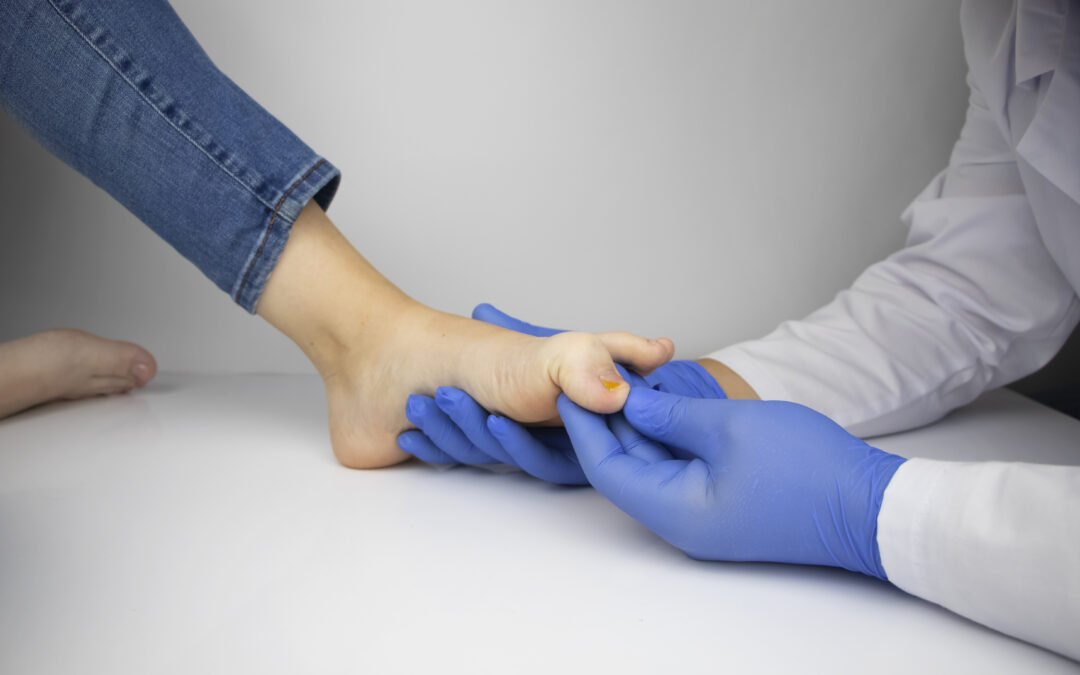The mere thought of something like ingrown toenail removal surgery is enough to send a shiver down our spines. Surgeries, even minor ones, are painful and a big hassle. We need to take adequate measures to avoid them. The same goes for ingrown toenail removal surgery too. The best way for you to prevent a surgery is to be aware of what causes lead to ingrown toenails and what you need to do to prevent them in the first place. One of the most effective ways to avoid toenail removal surgery is to wear shoes that fit properly. However, if this doesn’t help, you will need to consult a podiatrist who will examine your condition and recommend the best course of action.
1. Dangers of Wearing Ill-Fitting Shoes
We are all aware of the importance of wearing shoes that are comfortable, gentle, and fit properly. Wearing ill-fitting shoes can be a big mistake and should be avoided at all costs. Tight shoes, worn over an extended period of time, can cause a host of complications such as:
-
- Bunions
- Foot pain
- Redness
- Disfigurement
- Hammertoe/ Mallet toe
- Blisters and other problems.
Another serious complication that can be caused by tight shoes is the occurrence of ingrown toenails. While some of us who love to wear stylish shoes that may fit too tight will naturally refuse to believe it, wearing tight shoes is known to result in ingrown toenails. It is a painful condition that occurs when the edges of your nails grow to pierce into the skin surrounding the nail. Your big toe is the most vulnerable to ingrown toenails.
Medical experts always recommend wearing shoes that fit properly so you can avoid problems like ingrown nails. Ingrown toenails can become increasingly problematic, to the degree that an ingrown toenail removal surgery may be required in order to heal the condition.
2. Symptoms of Ingrown Toenails
Following are the common symptoms that indicate the occurrence of ingrown toenails:
- Painfulness
- Soreness
- Swelling
- Redness
- Oozing pus
- Odour
If you experience any of these symptoms, it is advisable that you act fast and treat the problem in the early stages. Delaying a visit to an expert increases your chances of aggravating the condition, which in turn increases the extent of the treatment that would be required to solve the problem.
3. Diagnosing Ingrown Toenails with Surgery
If not treated in a timely manner, the condition may escalate to a degree in which the ingrown toenails cannot be treated by using common home treatments and remedies. If this occurs, an ingrown toenail removal surgery would be required to solve the problem. However, if you find yourself in this situation, there is no need to worry, as ingrown toenail surgery is a minor procedure. A podiatric surgeon usually performs this surgery, in which the part of the nail that is ingrown is removed. After injecting medication to numb your toe, the podiatric surgeon will cut the part of your toenail growing into the skin. There are several experienced and renowned podiatric surgeons that Baltimore residents can consult and receive treatment from to get rid of ingrown toenails.
There are many reputed facilities offering podiatric surgery in Baltimore. The development and implementation of new ingrown toenail surgery techniques have made the process easier and comfortable. All you need to do is make an appointment for a diagnosis, during which the podiatric surgeon will address the problem.
Time to See a Podiatrist?
If you have any of the issues described above, it’s time to consult an expert. Connect with Podiatry Associates for an evaluation. All of our doctors are board certified/qualified and we’re dedicated to preserving your foot health.





